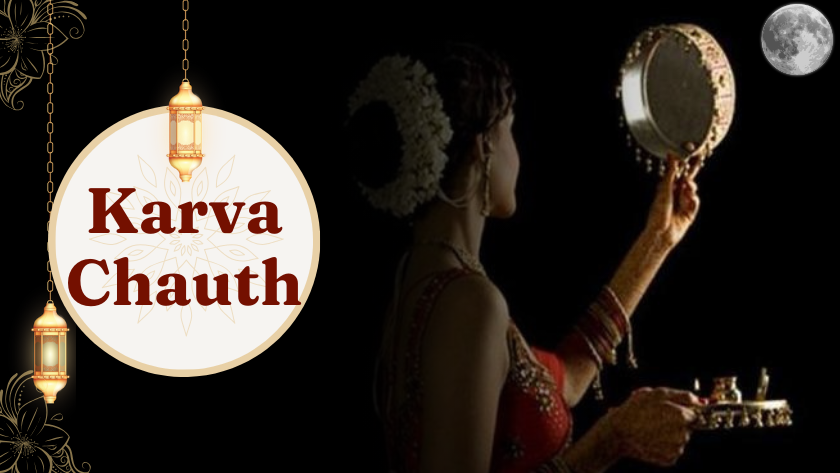Introduction
Karwa Chauth is a beautiful and significant festival celebrated by married Hindu women across India. It holds a special place in the hearts of couples as it symbolizes love, devotion, and the unbreakable bond between husband and wife. This article explores the traditions, customs, and the essence of Karwa Chauth, shedding light on its historical and cultural significance.
The Origin of Karwa Chauth
Karwa Chauth’s roots can be traced back to ancient Hindu mythology. The word “Karwa” means clay pot, and “Chauth” denotes the fourth day of the Hindu lunar calendar. The festival falls on the fourth day after the full moon in the month of Kartik (usually in October or November). The story behind Karwa Chauth varies across different regions of India, but the central theme remains consistent – it celebrates a wife’s love and devotion for her husband.
The Legend of Karwa Chauth
One of the most popular legends associated with Karwa Chauth is the story of Queen Veeravati. According to this legend, Queen Veeravati was a devoted wife who observed a strict fast on Karwa Chauth. Unfortunately, her fast was broken due to her weakness, and she fainted. Seeing her plight, her seven brothers couldn’t bear her suffering and decided to trick her into breaking the fast. They lit a fire on a nearby hill and told her that the moon had risen. Believing them, she broke her fast and consumed food. However, as soon as she did so, she received news of her husband’s severe illness.
Distressed, she rushed to her husband’s palace, but on the way, she met Lord Shiva and Goddess Parvati. They informed her that her husband had passed away because she had broken her fast. Queen Veeravati was heartbroken and returned home in tears. When she reached her palace, she found her husband alive but weak. The queen realized her mistake and vowed never to break her Karwa Chauth fast again. With her unwavering devotion and prayers, she brought her husband back to life. This story symbolizes the power of a wife’s love and her commitment to her husband’s well-being.
Karwa Chauth Customs and Rituals
- Fasting: Married women fast from sunrise to moonrise on Karwa Chauth day. They abstain from food and water during this time, demonstrating their dedication to their husbands’ long lives.
- Sargi: Before the fast begins, the mother-in-law prepares a pre-dawn meal called “Sargi” for her daughter-in-law. It usually consists of fruits, sweets, and other nutritious items.
- Dressing Up: Women dress in traditional Indian attire, often donning colorful sarees or suits and adorning themselves with jewelry and henna (mehndi).
- Karwa Chauth Puja: In the evening, women gather together for a special prayer ceremony. They listen to the Karwa Chauth Katha (the story of Queen Veeravati) and perform rituals with a sacred pot (karwa) filled with water and a diya (lamp). This pot is then offered to the moon.
- Moon Sighting: The most awaited moment of the day is when women break their fast after sighting the moon. They do this by looking at the moon through a sieve and then at their husband’s face. The husband then offers water and food to his wife to break her fast.
- Gift Exchange: Husbands often give gifts to their wives as a token of appreciation for their love and devotion.
Cultural Significance
Karwa Chauth is more than just a ritual; it is a celebration of love and the strength of the marital bond. It reinforces the idea that marriage is not just a union of two individuals but of two families. The day fosters a sense of togetherness and support among married women, who come together to celebrate this auspicious occasion.
Conclusion
Karwa Chauth is a festival that beautifully encapsulates the essence of love, devotion, and the enduring commitment between husband and wife. It has stood the test of time, evolving from ancient legends to a contemporary celebration that continues to bring couples closer together. While it may be rooted in tradition, Karwa Chauth remains relevant in today’s world, emphasizing the importance of cherishing and nurturing the bonds of matrimony.




